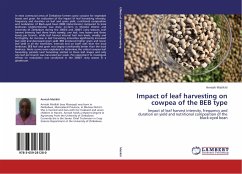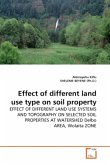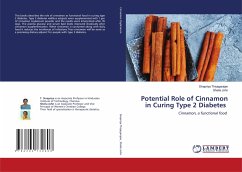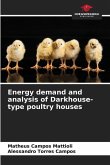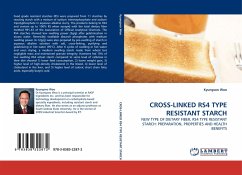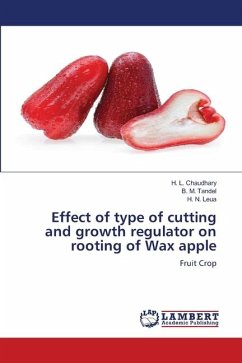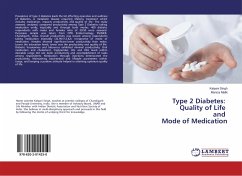Cotton is cultivated virtually around the world in tropics and sub-tropics, both under irrigated and rainfed condition. Being truly a versatile crop,cotton provides fiber for an array of textile products, oil for human consumption, feed for livestock, and base chemicals for a plethora of industrial products. In irrigated cotton growing areas, although several varieties were released and have been in large-scale production, the plant spacing recommendation was not variety specific and information in effect of planting configurations and leaf types on growth,yield and fiber properties are scarce. In this work, statistical analyses such as analysis of variance, correlation and regression were used to observe the results and draw a conclusion. Thus, this work provides valuable information on the effect of inter and intra-row spacing and their interactions on growth yield and lint properties of normal and okra-leaf type cotton. This book can benefit private, state and smallholder farms, students, researchers and higher education institutions.

